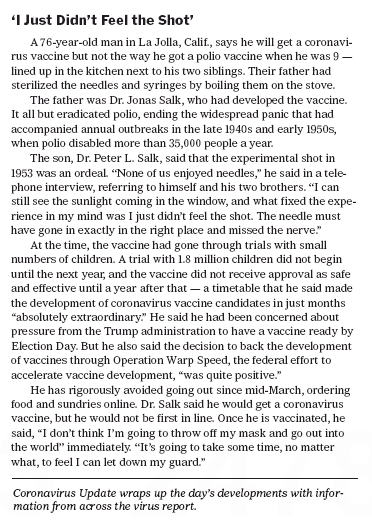I heard a plausible plenary lecture a few years ago at an APEE meeting where the African speaker argued that African autocrats would never voluntarily give up power, because doing so would mean they would trade personal riches for personal poverty. It was a sad but plausible argument, though one that makes Jerry Rawlings’s life especially intriguing.
(p. A22) Jerry Rawlings, a former Ghanaian Air Force officer who led two military coups before steering his country toward democracy with an authoritarian hand, died on Thursday in the nation’s capital, Accra.
. . .
By the time he left office voluntarily 22 years later, he had served two presidential terms brought about by free elections and had established Ghana as a rare democratic example on the continent. Today, peaceful handovers of power are routine in the country, hardly the case with the country’s neighbors.
Mr. Rawlings’ contradictory legacy — brutal beginnings, uncompromising military rule, then free elections — underscores the difficult path to democratic governance still faced by many African nations. But in Ghana at least, where Mr. Rawlings is regarded as something of a founding father after the country’s difficult first steps, democracy is an assumption.
Given Ghana’s first experiences of him, that outcome would not have been predicted. He appeared at first to have all the makings of one of the continent’s classic military autocrats.
For the full obituary, see:
(Note: ellipsis added.)
(Note: the online version of the obituary has the date Nov. 12, 2020, and has the title “Jerry Rawlings, From Coup-Plotter to Ghanaian Statesman, Dies at 73.”)


